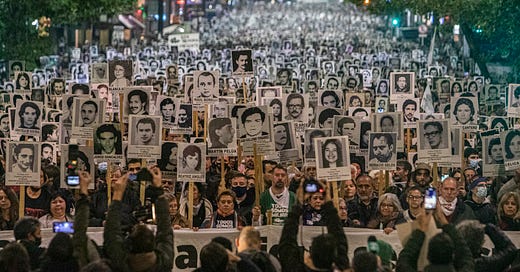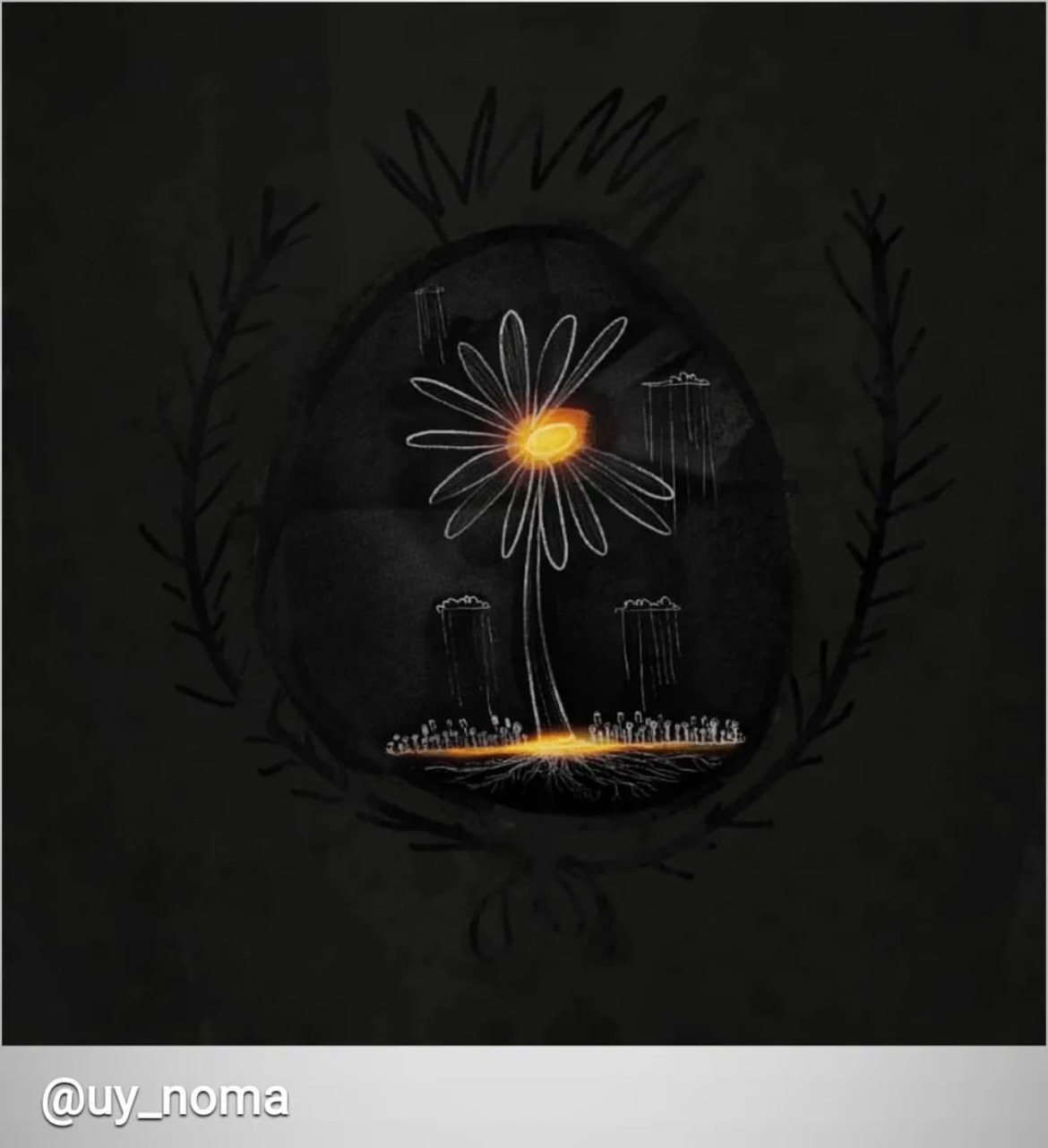Las Madres y Familiares de los Detenidos y Desaparecidos del Uruguay (The Mothers and Families of Uruguay’s Detained and Disappeared) began organizing the marcha del silencio in 1996 to commemorate two Uruguayan politicians who were murdered by the military in Argentina twenty years prior, during the height of the military’s rule. Madres y Familiares had been one of the first groups to organize against the human rights violations in the 1970s and 1980s. Decades later, they are now joined by a variety of groups and individuals who were still seeking clarity for the torture, political imprisonment, and disappearances of their loved ones. On their website to publicize information about the march, Madres y Familiares explain that the group is honoring “the victims of the dictatorship and protest[ing] the violations of human rights.”
Every year since that first march, thousands of Uruguayans silently march down Avenida 18 de Julio, the busy main street of Montevideo, Uruguay’s capital city. Normally filled with conversation, honking car horns, and commotion from the shops and restaurants, the only sounds during the demonstration are the names of los desaparecidos read over a loudspeaker, followed by the collective response of “presente.”
This year will be the 28th march. It now takes place not just in the capital city but in various towns across the interior as well. It is also not just a one day event, but an entire month of memory activities, replete with conferences, mobilizations, lectures, community meetings, and social media campaigns tagged #mayomesdelamemoria.
For ReVista: Harvard Review of Latin America, I wrote about the state of justice and backlash politics in the country. I write to share that article today in advance of the march. While I won’t be there this Saturday, I hope to write more in the coming weeks about its importance, specifically this year, the year of the 50th anniversary of the coup. In the article and above this paragraph is a beautiful picture of last year’s march by Ernesto Ryan, a fantastic photographer in Uruguay who agreed to let me publish two of his photos. Going to the march in 2014 was one of the most powerful experiences of my many trips to Uruguay, and it is an important show of solidarity every year given the continued impunity in the country. I have no doubt this year will be the same, with even more emphasis given its intersection with a year of commemorations.





